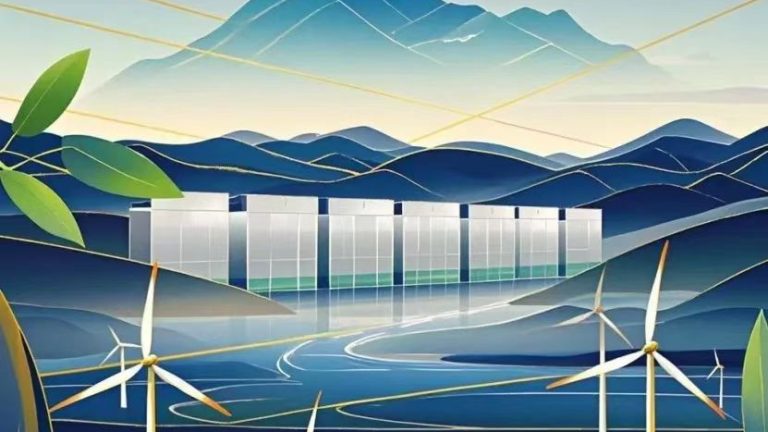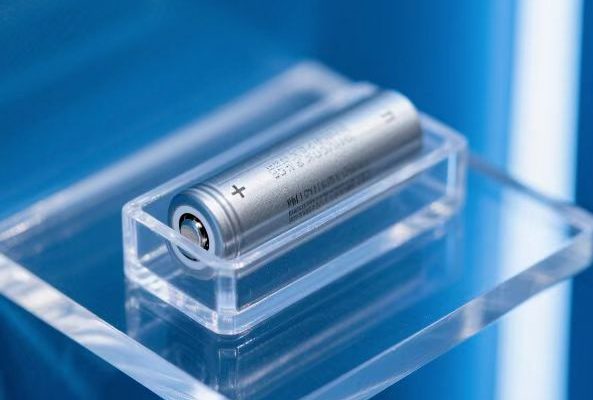Design Approaches for Speed, Scalability, and Site Readiness
1. Why Rapid ESS Deployment Matters
As the industrial world embraces renewable energy and backup storage, Energy Storage Systems (ESS) are moving beyond pilot programs and into full-scale deployment. But with utility delays, labor shortages, and volatile demand, speed to deploy is now a competitive edge.
This has created a surge in demand for pre-engineered, rapid-deployment ESS models that can be commissioned quickly without months of on-site construction or endless permitting.
This article explores the most effective design and delivery strategies for rapidly deploying industrial-grade battery storage, including containerized systems, modular cabinets, and mobile ESS units.
2. What Is a “Rapid Deployment” ESS?
A Rapid Deployment ESS is one that can be:
- Delivered and installed within weeks, not months
- Pre-wired, pre-tested, and pre-certified
- Easily scaled or relocated
- Compliant with common interconnection and fire code standards
Target users include:
- Commercial facilities needing backup within a tight window
- EPCs under pressure to meet project deadlines
- Microgrids in remote or temporary locations
- Event or seasonal grid support projects
3. Common Challenges Slowing Down ESS Projects
Before we explore solutions, let’s identify what typically slows down industrial ESS deployments:
| Challenge | Impact |
|---|---|
| On-site integration work | Delays from wiring, testing, commissioning |
| Permitting delays | Fire code and utility approval lag |
| Complex component sourcing | Varying inverters, racks, BMS compatibility |
| Custom site-specific designs | Each system built from scratch |
| Labor shortages | Especially in rural or remote sites |
Rapid deployment models aim to standardize, pre-assemble, and reduce labor/time on site.
4. Rapid Deployment Strategy #1: Containerized ESS Units
🔹 Overview:
Pre-integrated 20ft or 40ft containers that house:
- Battery racks (typically LFP)
- PCS (Power Conversion System) or hybrid inverter
- HVAC, fire suppression, EMS, BMS, and AC panel
🔹 Why It Works:
- Turnkey: Everything arrives connected and tested
- Standard dimensions: Easy to transport by truck or sea
- Pre-certified: UL9540A, IEC compliance done in factory
- Fast connection: AC and communication cables connect on-site
🔹 Best For:
- Utilities
- Microgrids
- Industrial backup
- Large commercial solar + storage systems
5. Rapid Deployment Strategy #2: Skid-Mounted ESS Platforms
🔹 Overview:
All ESS components (batteries + inverter + controls) mounted on a metal skid or platform, often smaller than full containers.
🔹 Why It Works:
- Smaller footprint for medium-scale projects (200kWh–1MWh)
- Ideal for inside buildings, rooftops, or pre-built shelters
- Can be forklifted or craned into place
🔹 Best For:
- Commercial buildings
- EV charging support
- Indoor utility rooms
6. Rapid Deployment Strategy #3: Modular Cabinet Systems
🔹 Overview:
Weatherproof outdoor cabinets, each pre-loaded with:
- LFP battery packs
- Battery management system
- Environmental sensors and cooling
- Optional inverter integration
Often designed in stackable or parallel-ready formats.
🔹 Why It Works:
- Lego-like scalability
- Faster utility approval (UL1973/UL9540 compliant)
- Install only what you need now, expand later
- Easy for small contractors or EPCs
🔹 Best For:
- Light industrial
- Commercial solar + storage
- Facilities planning phased storage rollouts
7. Rapid Deployment Strategy #4: Mobile and Trailer-Based ESS
🔹 Overview:
ESS mounted on a trailer or wheeled chassis, ready for fast deployment and relocation.
🔹 Why It Works:
- Bypass fixed site permits
- Useful for temporary storage, events, disaster relief
- Plug-and-play: hook into AC panel and go
🔹 Best For:
- Utility substation support
- Disaster backup
- Event power or mobile EV charging
8. Design Considerations for All Rapid ESS Models
To ensure true rapid deployment, designers and manufacturers must factor in:
| Factor | Best Practice |
|---|---|
| Certification | Pre-certify for UL9540/IEC62619, NFPA-855-ready |
| Thermal Management | Integrated HVAC or passive cooling, climate tested |
| Cable Routing | Side-entry access, labeled terminals, inverter ports accessible |
| Safety Systems | Fire detection, gas suppression, arc flash mitigation |
| Monitoring | Built-in EMS with remote access & alarms |
| Transport | Forklift pockets, crane hooks, ISO container corners, trailer approval |
9. Customer Questions to Prepare For
When offering rapid-deployment ESS to clients, be ready to address:
- “How soon can I be operational?”
→ Answer with pre-commissioning timeline and shipping lead time - “Does this unit meet fire code?”
→ Provide test certificates and documentation - “Can I expand later?”
→ Explain parallel system or modular upgrade path - “Is utility approval faster with this model?”
→ Show previous project timelines with similar systems
10. Real-World Example: 1MWh Microgrid in 30 Days
A Southeast Asian factory needing backup power during grid curtailment:
- Selected a 40ft containerized 1MWh LFP ESS with integrated PCS
- Vendor pre-wired, tested, and certified at factory
- Delivered by flatbed truck, connected in 4 days
- Passed utility inspection in 3 days
- Fully operational in under 30 days from PO
This type of turnaround is becoming a new industry standard.
11. ESS Speed Is the New Differentiator
Whether for backup, load shifting, or renewables integration, the ability to deploy ESS fast is no longer a “nice to have”—it’s a core business requirement.
For integrators, developers, and storage OEMs, offering pre-engineered rapid-deployment solutions improves:
- Project success rates
- Contractor satisfaction
- Grid interconnection outcomes
- Cash flow velocity









